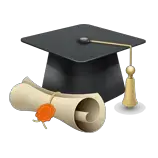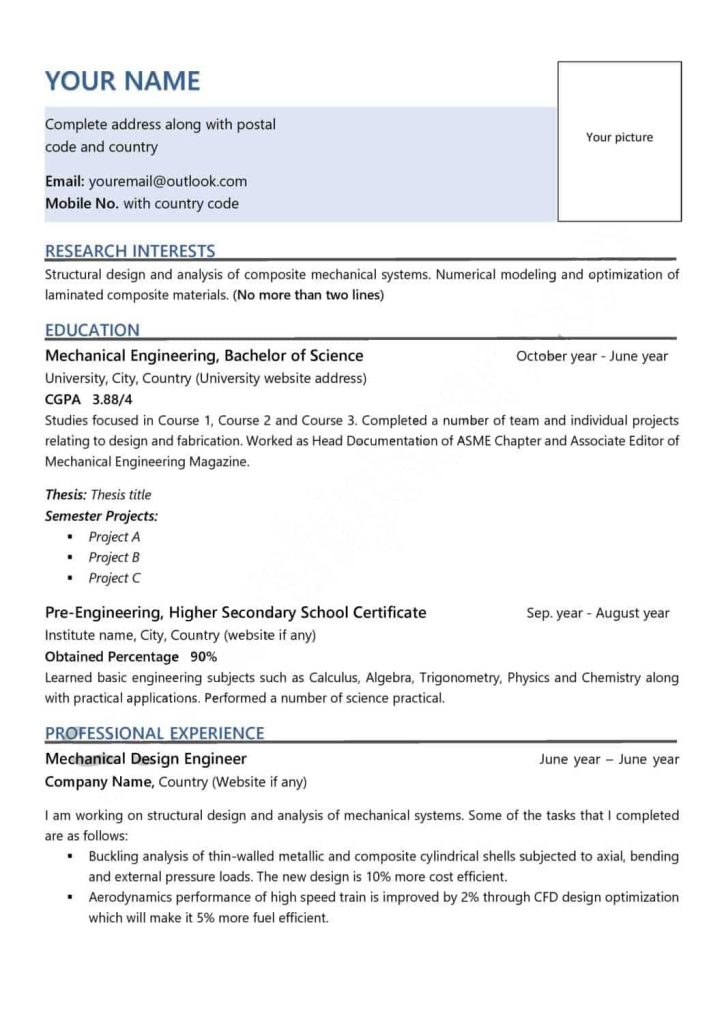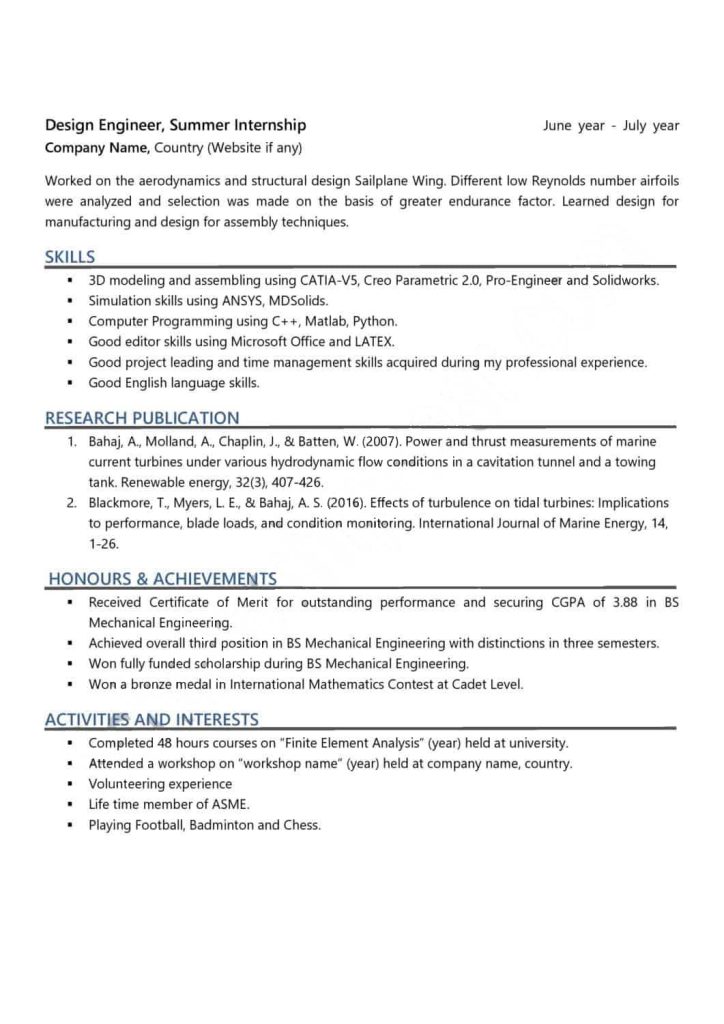
We all know that school can be quite challenging at any age. When a student performs poorly in a subject, he tends to drop out of the subject. This is because they do not understand that each student has academic strengths and weaknesses that most do not yet identify.
These affect their performance positively or negatively depending on how willing they are to identify and improve it. When students fail to improve their weaknesses, they lack confidence and neglect the strengths that most need improvement.
Improving the academic strength of students helps them excel in all aspects. He eventually masters his weakness and builds a boost in his academic performance.
If you’re curious about how to get that spark that drives your academic performance, let me guide you through this section as you learn all about students’ academic strengths and weaknesses.
What are Academic Weaknesses?
Academic weaknesses are handicaps in a child’s personality that result in problems in their academic fields.
They are those things that you find difficult to do but that you are willing to change and correct. No one is perfect, so having academic challenges doesn’t mean it’s over for you.
You just have to identify them, eliminate them and overcome them in your academic environment.
Examples of Academic Weaknesses for Students
You can only eliminate your academic weaknesses if you have them. There are several academic weaknesses for students, including:
Indiscipline:
This form of academic weakness occurs when students lack control over their behavior and act in any way they find agreeable, disobeying the rules and breaking the rules of their school.
They may be expelled from school, suspended, or banned from attending a particular conference, this, in turn, will reflect poor academic performance.
Delay:
Students procrastinate when they keep putting off certain activities that need to be done at that particular time for no reasonable reason.
Procrastination makes them lose focus on what they are supposed to do, it also makes them disorganized, and some quit work eventually.
intolerance:
This can make working with others seem impossible for students. For example, if a member of her team makes a mistake during a group project, she becomes angry and frustrated, which can hinder group and team activities.
The boring:
When a student is dull, he or she lacks mental acuity or intelligence; they are slow, stupid, and dumb.
They find it difficult to express their views on schoolwork and projects, even if they know their answers are correct.
This is one of the academic weaknesses that undermine their academic performance.
Assault:
Being aggressive can be good in some situations, but at school, it can make you a bully with no one willing to be part of the same group as you. You can be a loner.
Lack of concentration:
You can lose focus when you are susceptible to being distracted by your surroundings and therefore have a short attention span.
We also see losing focus when you can’t finish your given assignment, sleep a lot during class, or prefer to study other irrelevant things.
Impatience:
This is when you have a desire for something to happen right away.
You can’t wait, you just want the school experiment to give you a neat result, and you just want the next class to start.
Such behavior can actually cause you to lose focus and result in negative situations.
How to improve the academic weakness of students
Before you can improve your academic weaknesses, you need to identify them and make a list of them. This is the necessary first step to improve those weaknesses.
Go through your created list and start thinking of ways you can solve them. Let’s look at some academic weaknesses and how we can turn them into student strengths.
Lack of concentration:
If you find it difficult to study for a long period of time, why not break it up into shorter periods?
This is a good point because when you break down time and work into smaller blocks, the task at hand seems more manageable.
You can’t concentrate if you try for several hours. Try for an hour or 30 minutes. With practice, you can increase the amount of time until it’s right for you.
Fear to fail:
You find it difficult to speak, ask questions, or participate in school activities because you fear being wrong, embarrassed, and criticized.
The right thing to do is practice speaking in your bedroom, with your friends, at family gatherings, or at events with a smaller group of people.
You must discipline yourself to do your best, ask questions in class, answer questions and face your fears; you don’t have to think about other people’s opinions about you.
Delay:
In the act of procrastinating, they tend to be unprepared for what they might face next.
To avoid this weakness, be well prepared for that seminar talk or assignment. Divide your time and work into manageable blocks.
Get ahead of your schedule, review, and take a look at that task again.
Create a time range to solve each problem or complete any activity and reward yourself when you achieve your goal.
Being disorganized:
To achieve this, students must create a list of everything they want to achieve and give details of how they can achieve it.
The wording of this list must be backed up by actions and efforts to make it work.
Not talking to a tutor or mentor:
What could be better than having someone listen to your problems and look for a solution?
When faced with an academic weakness, look to people smarter than you for solutions, such as your parents, department chair, siblings, friends, and parents.
This group of people can easily motivate you and teach you how to deal with those weaknesses.
What is the Academic Strength of a Student?
This is just the opposite of academic weakness. They are the positive traits that make you stand out from others in an environment.
Basically, they help you get better grades than you expected. They are inside of you and tend to come out when you need to show how good you are in a particular field.
Examples of Student Academic Strength
Discipline:
This is one of the important strengths of students that helps increase their academic performance and enhance their skills.
Being disciplined allows you to muster the courage to do the right thing at the right time, control your emotions, and reject procrastination.
Being open-minded:
When you have an open mind, you are willing to learn, unlearn and see things from a different perspective.
This is the strength of the students that allows them to grow and be recognized among others.
Time management:
Now, this is the opposite of procrastination. Why waste time when you can plan it and stick to it?
Time management keeps track of your activities and tasks and helps you achieve your goals and expectations.
Leadership:
This is the act of being able to guide and lead a group of people or an organization to achieve its goals.
In terms of projects or group assignments, a good leader gets the job done, keeps the team together, and understands teammates.
Creativity:
When you can recognize possibilities or ideas, develop them, and use them to solve problems, interact with others, and entertain people, this is called being creative.
Planning skills:
This act of knowing what to do, how to do it, and when to do it is the strength of the students that helps them mentally travel through time.
It makes possible the achievement of one’s goal within a stipulated period.
Socialization:
Socialization is a unique strength of students that involves whether a child can freely enjoy school activities, talk, or become bored.
It starts from infancy and progresses to adulthood. When a child is sociable, they become close to others, they find it easy to approach or be approached, speak their minds easily as they do not feel shy around people.
How to find the academic strength of students
Identifying students’ academic strength improves their academic and overall performance.
They become aware of their surroundings and how to use their strengths to their advantage. When you are trying to determine the academic strength of the students in your class, there are certain steps to take to achieve this result.
This includes:
Self-appraisal:
You can hand out strength assessment templates to students and have them fill them out and return them within a period.
This template should contain a list of student strengths; In addition, the listed strengths should be well explained to give you an idea of the meaning of each one.
Feedback:
Another way to determine the strength of students is to have an individual meeting with their parents or guardians.
During the teacher has a one-on-one talk with the student about the booklet given to be filled out by them.
Talk to someone you trust:
Students may feel shy or awkward around their teachers or tutors. When this happens, they can’t open up and fasten everything inside.
At this point, advise them to simply talk to someone they feel they trust to pour out their problems.
This is one of the most difficult but easiest ways to identify the strength of students at any level.
How to improve the academic strength of students
Now that you know the academic strength of the students, you have also listed it after several talks or consultations, but does it stop there?
No. You have to know how to improve these strengths and channel them into something useful for your academic performance.
Here are some ways you can improve students’ academic strength:
‘SMART’ goals:
What are ‘SMART’ goals? This is shorthand for your goals to be Specific, Measurable, Achievable, Realistic, and Time-bound, respectively.
Instead of using your academic strengths to get good grades, why not use them to set goals?
Specific: they must be able to know what exactly they really want to achieve
Measurable: how long can it take or is it impossible?
Can your goals work? Is it something that is difficult but can be achieved?
Realistic: is it real? Not just based on his favorite fairy tales or movies.
Timed: At the end of your goal setting, how long does it take to reach each step.
These enhance your academic strength and literally support it.
Study more:
Most students only study at exam time or when a class exam is coming up. They tend to ignore how often they need to study.
Studying often helps sharpen students’ skills, it also exposes underlying skills.
When they develop the ability to devote more time to studies, their intellectual capacities expand, they become more creative, and other students tend to listen to them.
Get a mentor:
The best aspect of improving students’ academic strength is getting them a mentor or tutor. This set of people can easily identify student strengths over time.
They tend to focus on helping students understand and manage their strengths by providing them with broad knowledge about a particular [aspect or course of study.
Take Extra Class:
They can enhance their strengths, such as intellectual skills, proper reading, creativity, etc., by signing up for extra classes or sessions.
When they’re good at math, they can sign up for coding classes, but if it’s music, then they can sign up for poetry classes.
This is simply saying that they should sign up for things related to what they love to do.
Frequently asked questions (FAQ)
I am very shy with my friends and that makes it difficult for me to interact with them. Is that a weakness and how do I stop it?
Yes, being shy is a weakness. You can eliminate it through discipline and also by trying to talk when you are with friends or age colleagues.
I made a list of my academic strengths and weaknesses, what’s next?
Ok, now that you’ve made your list, look for ways to improve your strengths and reduce your weaknesses.
Is there a person without academic weaknesses?
Nobody is perfect. They may appear to have no weaknesses simply because they enhance their strengths and find ways to overcome their weaknesses.
Does having the right planning skills help reduce academic weakness?
If it does. Proper planning skill reduces procrastination and gets you right to work.
Are academic achievements associated with student strength?
Yes, identifying, finding, and using your strengths in academic work improves your academic performance above average.
I tried to do my homework but I have no idea what to write. I usually skip it and send blank sheets, how can I overcome this?
Try to have additional classes in that particular course, get a mentor and take time to study the course.
conclusion
Students’ academic strengths and weaknesses are positive and negative traits that interfere with their performance in positive or negative ways.
The first step to improving your strengths and weaknesses is to identify them and work on them to be successful in any academic field.








